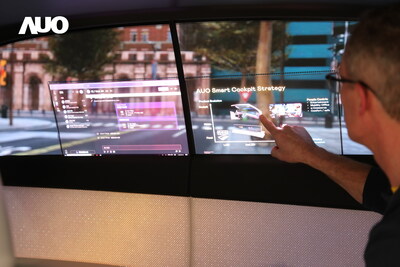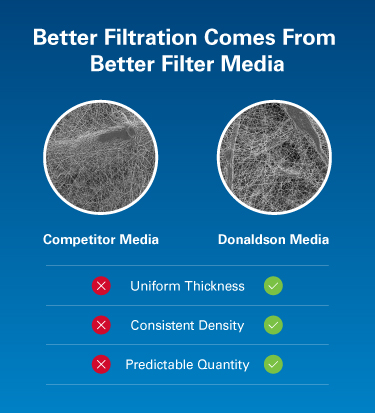
Design software has moved out of the studio into the full manufacturing, marketing and sales process.
This capability has been included in the latest Patchwork3D v5.2 release by Lumiscaphe, which over the past 11 years has built up extensive experience in the design of made-to-measure software technology, particularly in realistic, real-time 3D photographic rendering.
Automotive Industries (AI) asked Jérôme Bellocq, co-founder Business Development at Lumiscaphe, how high-end visualization technologies had impacted automotive design.
Bellocq: Automotive design has for a long time been ahead of other industries with regard to advanced visualization. The looks of a car seem more important to a customer today than driving performance, comfort or even security. Given that developing a new car project is tremendously expensive, one can understand that tools that make it easier, faster and more thorough to generate, validate and configure designs are a must for this industry. High-end visualization technologies help make more ambitious designs: risks are reduced by early stage digital mock-up visualization, letting managers make choices without needing costly physical mock-ups. More designs can be chosen from, resulting in better overall design for the customer.
AI: What are some of the recent breakthroughs made by Lumiscaphes?
Bellocq: Our most interesting new development is our WebRender technology, which integrates the design process into manufacturing, marketing and sales. Traditionally, there used to be gaps between the design, marketing and sales departments. You had a new design of a car reviewed with one piece of software in the design department. Then, when the marketing department wanted to make some renderings for brochures, they got the design data into another piece of software, made specific materials, assigned them to surfaces and rendered pictures. Then the sales department, which wanted to have a car configurator on the company’s website, also got the data, and redid the work, adding more geometry and material options, working again with different tools, making potential new mistakes in material assignment and wasting time correcting them. Sometimes they even have to remodel missing parts because they cannot work directly with the engineering data.
We believe we have completed and integrated this process chain. Different data sets from designers and engineers are merged in Patch¬work3D for design review or perceived quality in real-time. Review can also be done in Cave environments in full scale, with tracking.
The color and trim department designers make materials for Patchwork3D and assign materials in it for reviewing, using the very same geometry data. When the project is advanced enough, configuration is also integrated, then validated by the shape designers and the color and trim designers. Because everything is already integrated, the marketing department just has to take existing Patchwork3D database to generated high quality, high resolution visuals. The last stage is the sales department, linked to the marketing, getting the job done ahead and using it with our WebRender technology to provide a dynamic website with active configuration, without having to work again on the data. If an option is added in the color and trim department, the change can be passed seamlessly up to the website within a minimum time frame.
AI: How has your Patchwork3D v5.2 version aided automotive designers ?
Bellocq: Patchwork3D v5.2 helps designers in different ways. Because Patchwork3D is high quality real-time rendering, designers have a better platform on which to showcase their ideas and to win over their peers and managers. Thus they can spend more time on design itself. Patchwork3D 5.2 is very fast and easy to use, with dedicated tools like the unfolding workshop to help designers work faster and better. Also, because data can be directly passed between various departments, it helps keep data faithful to the original idea.
And because the original data can be used up to the website, it adds more value to the design itself, which never needs to be remodeled for any use. This is a real time and money saver.
AI: Please give us some examples of automotive companies that are using your software tools.
Bellocq: Renault is using the full range of our software line, using Patchwork3D for design purposes, color and matter choices, marketing visuals and configuration, locally at the car dealerships and over the internet. Subcontractors like Faurecia or Toyota Boshoku also use our products for design reviews and configuration for presentation to car makers.
AI: How does Lumiscaphe work with automotive firms to help customize solutions?
Bellocq: Talking about Renault, we developed a special software link with their PLM system, so that all the car configuration options can be directly imported in Conf Builder, discarding the risk of mistakes and making the work even faster. If a new option is added to the system, even the car configurator at the car dealerships (3D real-time on a multi-touch screen) is updated automatically.
More generally speaking, we are very open to custom development as we want to be close to our customers. We find it is the best way to build a strong relationship that is mutually profitable. Quite a large percentage of our projects are tailored for very specific needs, relying on our existing workflow for best efficiency. We also develop tablet applications upon demand and provide developments for specific visualization hardware.
AI: Tell us a little about your company’s R&D and quality standards.
Bellocq: We have a very strict hiring and project managing policy. Nearly half of our development team has PhD, and the rest of the crew is just short of it. Making good software is a difficult task, and we take it very seriously. This way, because some of our customers require very specialized and complex custom developments, our team is always up to the level to respond to their needs.
AI: Tell us about Lumiscaphe’s participation in events like Siggraph 2012 being held this August and your participation earlier this year in April at Laval 2012.
Bellocq: Laval Virtual is for us the main show for meeting and talking with our main customers, while we usually present new tech¬nologies and developments at the Siggraph. Come and visit us at the Siggraph to see exciting new developments from Lumiscaphe.














More Stories
AUO Returning to CES Showcase Next Generation Smart Cockpit 2025
Donaldson Ultra-Web technology aims to set the standard in industrial filtration for cleaner air and cost-savings
Hydrogen’s Role in Decarbonising Sports and Entertainment Events